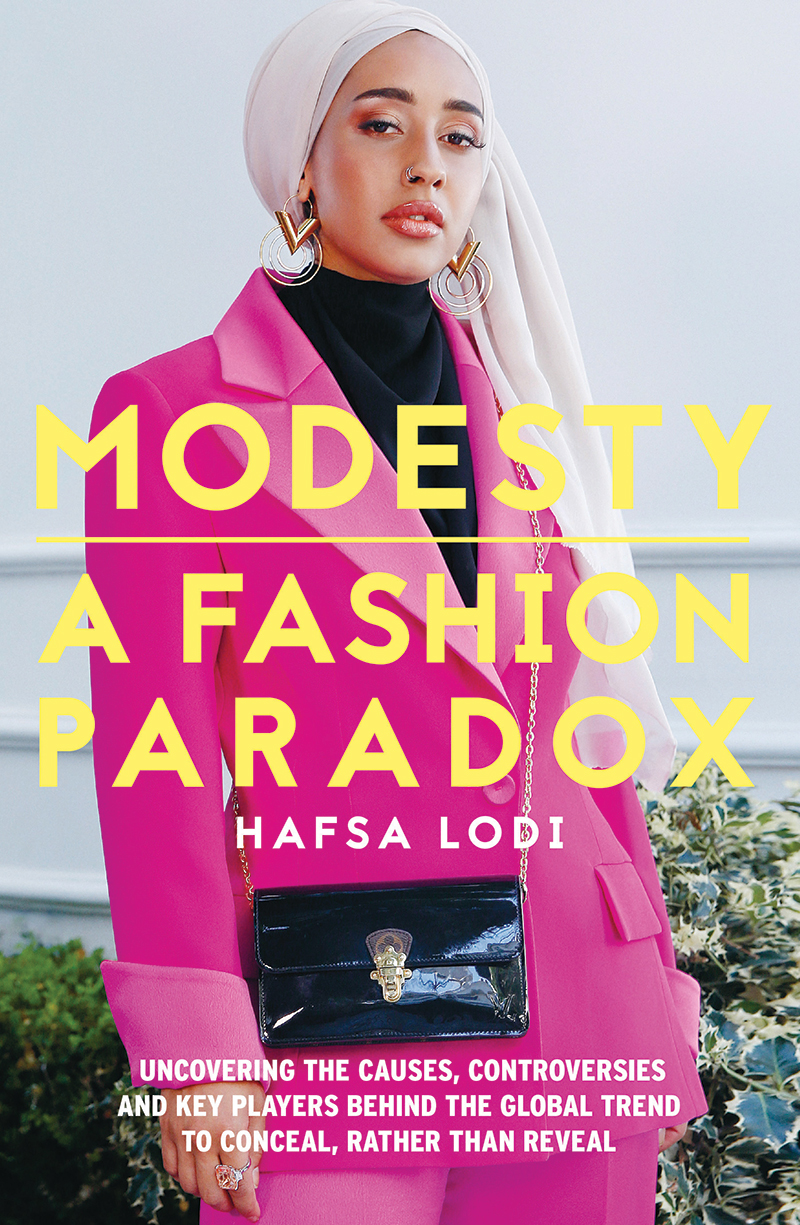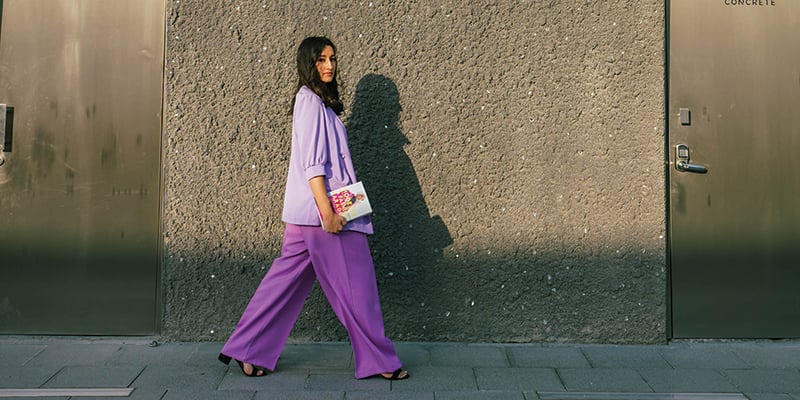Middle Eastern journalist Hafsa Lodi, talks to us about why now is the perfect time to publish her first book exploring the global modest movement.
What message do you want to convey through your book, Modesty: A Fashion Paradox?
There are a few messages I hope to convey to readers. Firstly, that there are different levels of modesty and varying degrees of covering up, and that Muslim women’s dress codes have historically been tied to different political agendas. Also, modest fashion is not a solely ‘Muslim’ movement and that although the mainstream fashion industry may has embraced it now, modesty is far more than a passing trend or buzzword.
Did you expect modesty to turn into a multi- billion-dollar business? Does the money element dilute the message?
As a child living in the United States, adhering to a relatively modest dress code, I always felt somewhat outcast among my peers, and never expected modest fashion would become a popular mode of dressing, let alone a multi-billion-dollar business. The financial incentives fuelling modest fashion are difficult to ignore – retailers are simply catering to the spending power of affluent Muslims and those who are from the Middle East. The bottom line is that these big Western brands and fashion houses are motivated by money, and not by a commitment to diversity or any desire to embrace different cultures. In some ways, this might dilute the overall message, while also taking away potential business from smaller, homegrown fashion labels who have worked tirelessly to provide designs for modesty-conscious consumers. But at the same time, the movement has helped normalise modesty in fashion, which many women, regardless of faith, are thankful for.

What did you take away from speaking to fellow modest fashion makers, Halima Aden and Mariah Idrissi?
I had the opportunity to speak to hijabi models like Halima Aden, Mariah Idrissi and Ferial Moulai, while putting together this book. Halima and Mariah have become global ‘faces’ of the modest fashion movement – Mariah was the first hijabi model to land a global fashion campaign in 2015, and Halima was the first hijabi on a fashion week runway. Both women have opened the door for Muslim women in fashion, and have inspired so many girls to pursue careers in the industry.
Thrust into the spotlight, these young Muslim women who wear the hijab are ‘visibly Muslim’, and often find themselves taking on the role of being an ambassador for all Muslim women, when Muslim women actually make up a diverse spectrum, with differing beliefs and opinions. Even Halima and Mariah have some dissimilar views. For Halima, modelling is an occupation: she’s signed to a modelling agency and takes on runway jobs with luxury designers at fashion weeks. Mariah, however, told me she wasn’t comfortable with the prospect of being both a hijabi and a runway model, and she prefers to just take part in fashion shoots, which are attached to stories echoing her opinions about topics like faith and diversity. I think it’s important to remember that while these young women have become celebrities in their own right, and stand for important causes about inclusion and diversity, every Muslim woman in the mainstream spotlight (and by extension, in the entire world) has her own views, beliefs and set of modesty guidelines.
What can we do to encourage more diversity in the industry?
To encourage more diversity in the industry, fashion designers can increase their usage of coloured and plus-size women in campaign shoots and on catwalks, and we as journalists and stylists can help by featuring diverse women in our editorial shoots, and on our magazine covers. Personally, I think this is especially effective when multiple models are used in group images. It’s a strong reminder that all women, regardless of age, heritage or religion, have a unique and personal place in the overall fashion narrative.
Where do you want to take the conversation to next?
I’ve been reporting about fashion for more than a decade, and have admittedly, become obsessed with it. For me, online shopping is a weekly habit, and I buy new clothes far more frequently than I should. I’d like to explore how consumerism and social media have combined together to affect the lives of millennial women in such an impactful way, leading to an excess of waste, time, money and infatuation with material goods.
To read the full interview, pick up a copy of May’s ‘The Mindfulness Issue’ or download it here.
– For more about Dubai’s lifestyle, news and fashion scene follow Emirates Woman on Facebook and Instagram.
Images: Supplied












